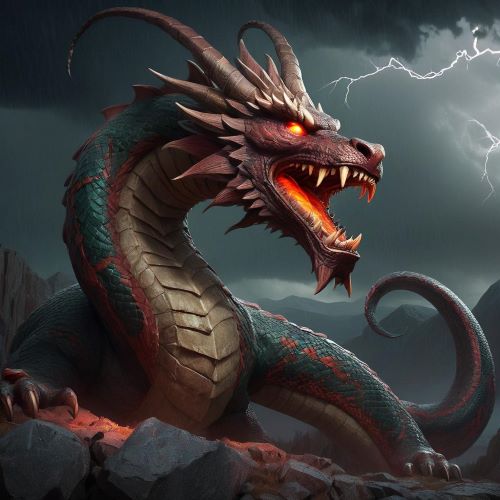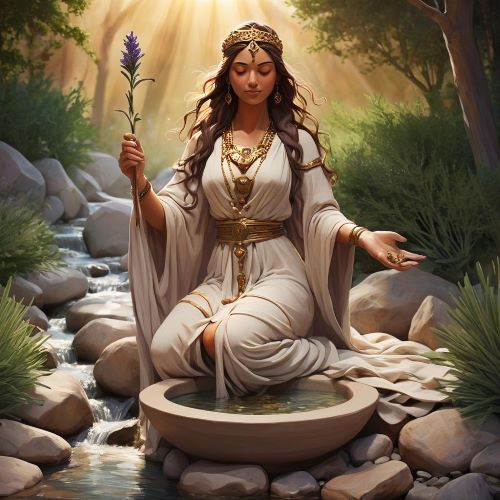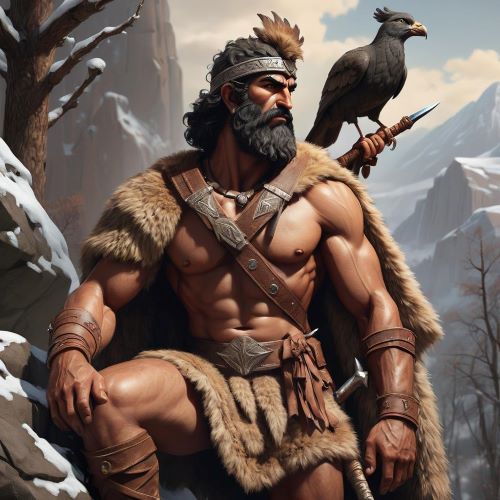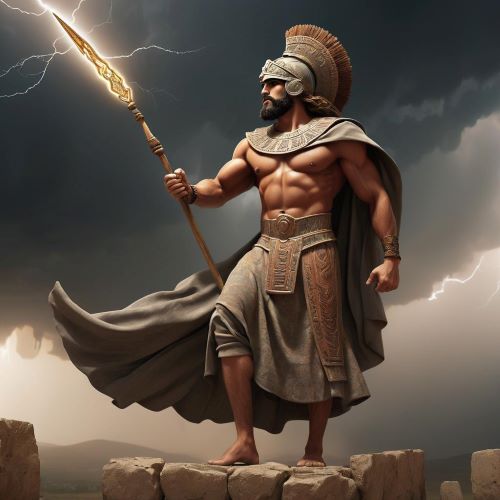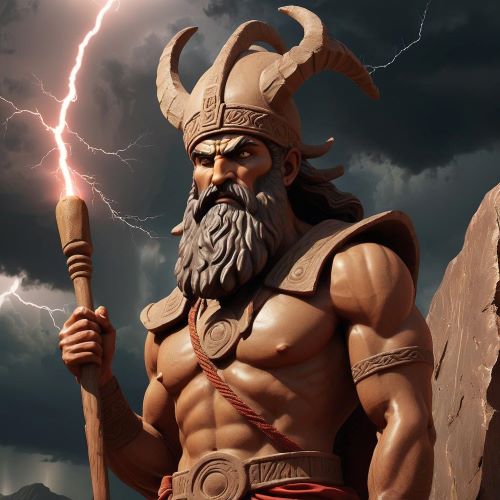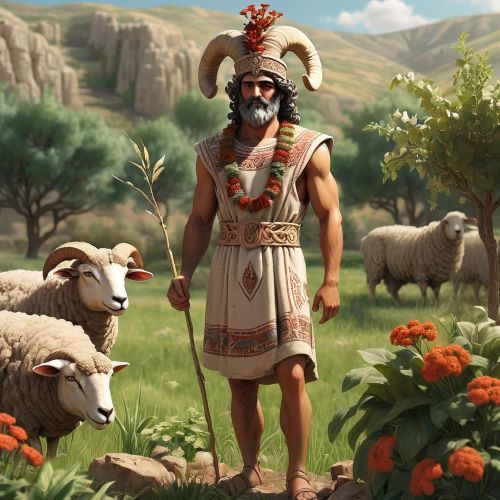Hittite Mythology
Hittite mythology offers a fascinating glimpse into the spiritual and cultural life of one of the most powerful civilizations of the ancient world. Flourishing in Anatolia (modern-day Turkey) between the 17th and 12th centuries BCE, the Hittites inherited, adapted, and transformed the mythic traditions of the Hurrians, Mesopotamians, and native Anatolian peoples. Their mythology reflects a dynamic blend of Indo-European and Near Eastern beliefs — a tapestry of sky gods, earth mothers, and elemental spirits woven into the rhythms of nature and kingship. Through their myths, the Hittites sought to explain the forces that governed the cosmos, the changing of seasons, and the sacred balance between order and chaos.
At the center of Hittite mythology stands the Storm God Tarhun (or Tarhunt), a mighty deity who ruled the heavens with thunder and lightning. He embodies both fertility and power, bringing rain to nourish crops while protecting the world from the forces of disorder. His consort, the Sun Goddess of Arinna, represents light, justice, and life itself — the spiritual mother of the Hittite people. Together, they formed the divine pair that maintained cosmic harmony. Many Hittite myths revolve around Tarhun’s struggles to preserve this balance, particularly in the famous Myth of Illuyanka, where the Storm God must defeat a fearsome serpent representing chaos. The victory of Tarhun over Illuyanka became a symbol of renewal and divine triumph, celebrated in spring festivals that marked the agricultural cycle and reaffirmed the king’s sacred role as protector of the realm.
The Hittites also revered an extensive pantheon that included hundreds of deities tied to mountains, rivers, and cities — earning them the title “the people of a thousand gods.” Among these were Telepinu, the god of agriculture, whose disappearance caused the earth to wither, and Hannahanna, the mother goddess who sent a bee to awaken him, restoring fertility and abundance to the world. This myth captured the essence of Hittite spirituality: life’s prosperity depended on the cooperation between divine forces and human ritual. To neglect the gods was to invite drought, famine, and disaster.
Hittite mythology also emphasized divine justice and royal duty. The king, viewed as a mediator between gods and humans, was responsible for maintaining cosmic order through ritual observance and moral governance. Temples across Hattusa, the Hittite capital, served as both religious and political centers, where priests enacted elaborate ceremonies that mirrored the myths of creation and restoration. Every offering, chant, and festival reaffirmed humanity’s role in sustaining the divine cycle.
Even after the fall of the Hittite Empire, their myths endured through neighboring cultures, influencing Greek, Hurrian, and Anatolian religious traditions. Stories like the succession myth of Kumarbi and Teshub would echo later in Greek tales of Cronus and Zeus, illustrating the far-reaching impact of Hittite spiritual thought. Hittite mythology remains a cornerstone of ancient Anatolian religion — a vision of a world alive with divine purpose, where thunder was the voice of the gods and every harvest was a sacred renewal of life itself.



